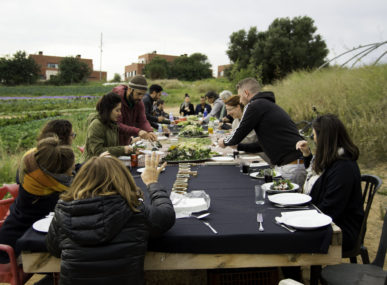Twenty-four-year-old Raowia Lamhar, CEO of Go Energyless Solutions, has two passions: helping people and helping the environment. The Casablanca native first learned about the lack of electricity in rural Morocco while studying chemical engineering at the Faculty of Sciences and Technology of Mohammedia, 60 kilometers south of Rabat.
It was at the university that she joined the group, Enactus, an international organization supporting young people working on social projects. Lamhar and her team went out to rural parts of Morocco to interview people who lacked electricity. What they found was the hardship as people tried to keep food from spoiling in between weekly markets.
“The food they threw away [accounted for] 20% of their monthly income,” says Lamhar. “Meeting with those people inspired me to look for a solution to help in a sustainable way. So, when we returned to the university, we started thinking of a fridge that could work without electricity.”







